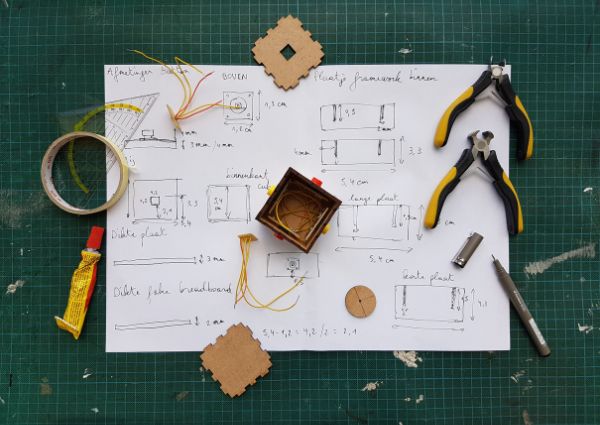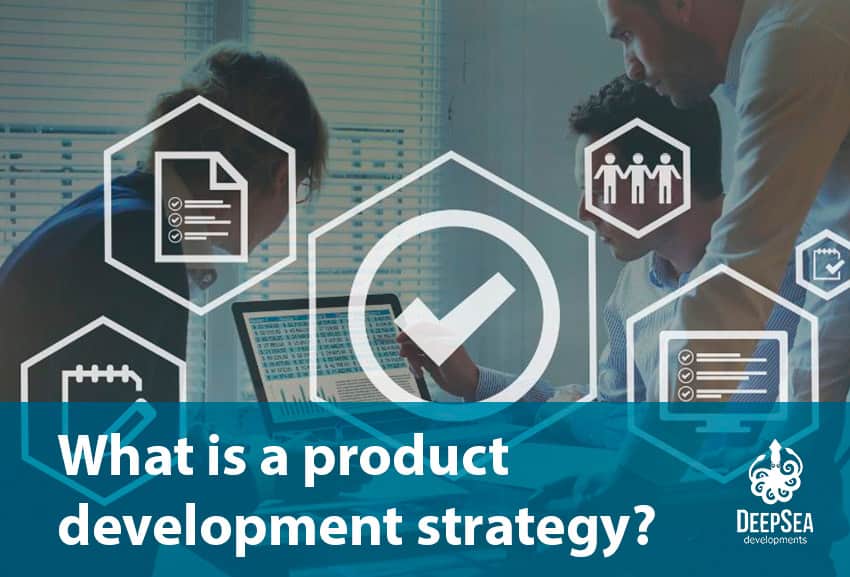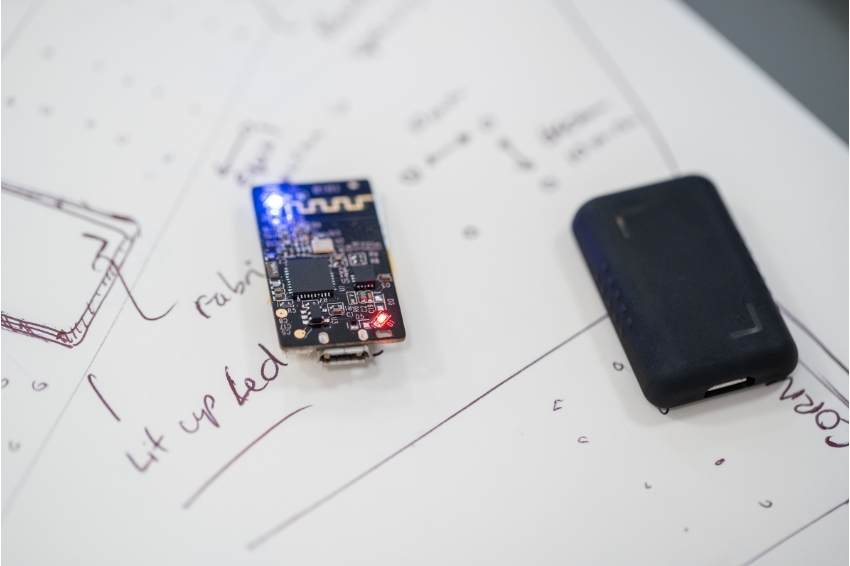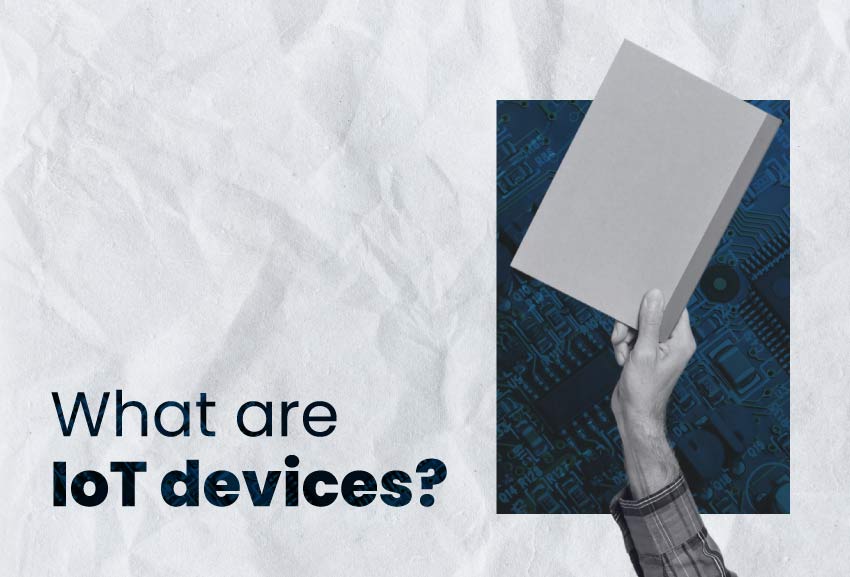In the fast-paced landscape of business, the success of a product hinges not only on its innovation but also on a well-defined product development strategy. This strategic framework serves as a roadmap, guiding businesses through the intricate process of transforming ideas into tangible, market-ready products. In this article, we’ll unravel the essence of a product development strategy and break down the crucial steps to pave the way for success.
Product development strategy definition
What is a product development strategy? It’s a systematic approach that outlines how a company will bring a new product from ideation to market launch. This strategy encompasses a range of decisions and actions aimed at maximizing the chances of creating a successful and marketable product.
The goal of a product development strategy is to leverage the competitive capabilities of the product by setting it in the best possible position in the market; electronic product development companies are experts at this process.
Why is product development strategy important?
It is crucial to work on your product development strategy, since it will ensure how your product will be designed, built and marketed (see IoT marketing strategy).
Also, by following the strategy for product development, you will know how to face the different obstacles that may appear in the development process.
Product development strategy benefits
You will be able to turn your business idea into a competitive product. By implementing a product development strategy, you will know what areas or aspects of your product need to be improved or changed.
For instance, you can identify if it’s better for you to focus on price differentiation, highlighting the innovative features, being first in the market, making the product customer-oriented, or platform-driven, which will be great for scaling your business and foster collaboration.
Product development strategy process
Now that you understand the definition of product development strategy, let’s go deeper into its process.
Aligning with business objectives
The first step in crafting a robust product development strategy is aligning it with the broader business objectives. Whether the goal is to increase market share, enter a new market segment, or enhance customer loyalty, the product strategy should seamlessly integrate with the overall business strategy, especially taking into account the IoT business model you want to implement.
Market research and analysis
Some people may say this stage is developed almost at the same time as the ideation phase; a good product development strategy isn’t reliable without thorough market research.
Understanding customer needs, market trends, and potential competitors is paramount. Comprehensive analysis provides the foundation for creating a product (See health and fitness monitoring in IoT) that not only meets but exceeds customer expectations; check some product differentiation examples. We even wrote an article on how to start out with the first IoT device.
We suggest also checking successful use cases, since they will work as a basis for implementing your marketing strategy.
Ideation and conceptualization
Once armed with market insights, the next step is ideation and conceptualization. This phase involves brainstorming ideas, exploring creative solutions, and defining the unique selling propositions (USPs) that will set your product apart in the market.
To come up with great ideas, you can check IoT devices examples that align with your product, or check the top IoT use cases that will serve as a guide to understanding the market where you want to compete.
Feasibility assessment

Before diving into full-scale development, it’s crucial to conduct a feasibility assessment. This step evaluates the technical, operational, and financial aspects of the proposed product.
Identifying potential challenges early on allows for strategic adjustments and risk mitigation.
Design and prototyping
The design phase involves translating conceptual ideas into tangible product designs (see product design strategy), and on a more advanced level, hardware design will be necessary. Prototyping plays a pivotal role in this step, allowing for the creation of a preliminary version that can be tested and refined. This iterative process ensures that the final product meets both functional and aesthetic requirements.
Some people that don’t count on a budget opt to get money for developing their prototype through product crowdfunding; this is a crucial step for ensuring that the product will advance to a further stage.
Also, prototyping involves many hours of testing and iterations, whether you need IoT prototyping, hardware prototyping, or PCB prototyping, it is necessary to pay special attention to this process since it will ensure a proper performance and the potential to become an MVP (PoC vs Prototype vs MVP).
Here are some services that can help you in the design and prototyping phase:
- Firmware testing services
- IoT product development consulting
- Hardware development service
- Electronics prototyping service
Development and testing
Once the design is finished, the product moves into the development stage. This involves coding (IoT programming), manufacturing, and assembling the product.
Rigorous testing is conducted to identify and rectify any issues, ensuring that the end product adheres to quality standards and specifications. Some entrepreneurs carry out this process through outsourced product development, since it provides several benefits for implementing this phase faster.
Market testing and feedback
Before a full-scale launch, market testing is essential. This step involves introducing the product to a limited audience to gather valuable feedback.
Bear in mind that analyzing consumer responses helps in fine-tuning the product and identifying areas for improvement. If you don’t pay special attention to this stage, you may miss crucial insights that will make your product better; and this will impact your IoT innovation.
Launch and marketing strategy
Once you have positive market feedback, the product is ready for launch. Crafting an effective marketing strategy is key to creating awareness and driving initial sales. This includes selecting the right channels, messaging, and promotional activities to maximize the product’s reach.
Post-launch evaluation and iteration
The journey doesn’t end with the product launch. Continuous evaluation of the product’s performance, customer feedback, and market dynamics is vital.
This data informs iterative improvements and potential expansions of the product line. If you pay special attention to iterating your product, you will guarantee that your business will continue to be competitive in the market.
We hope you liked this article. As you could see, knowing the importance of a product development strategy will encourage you to take your ideas to the next level, and thus, create a better product for the market.






